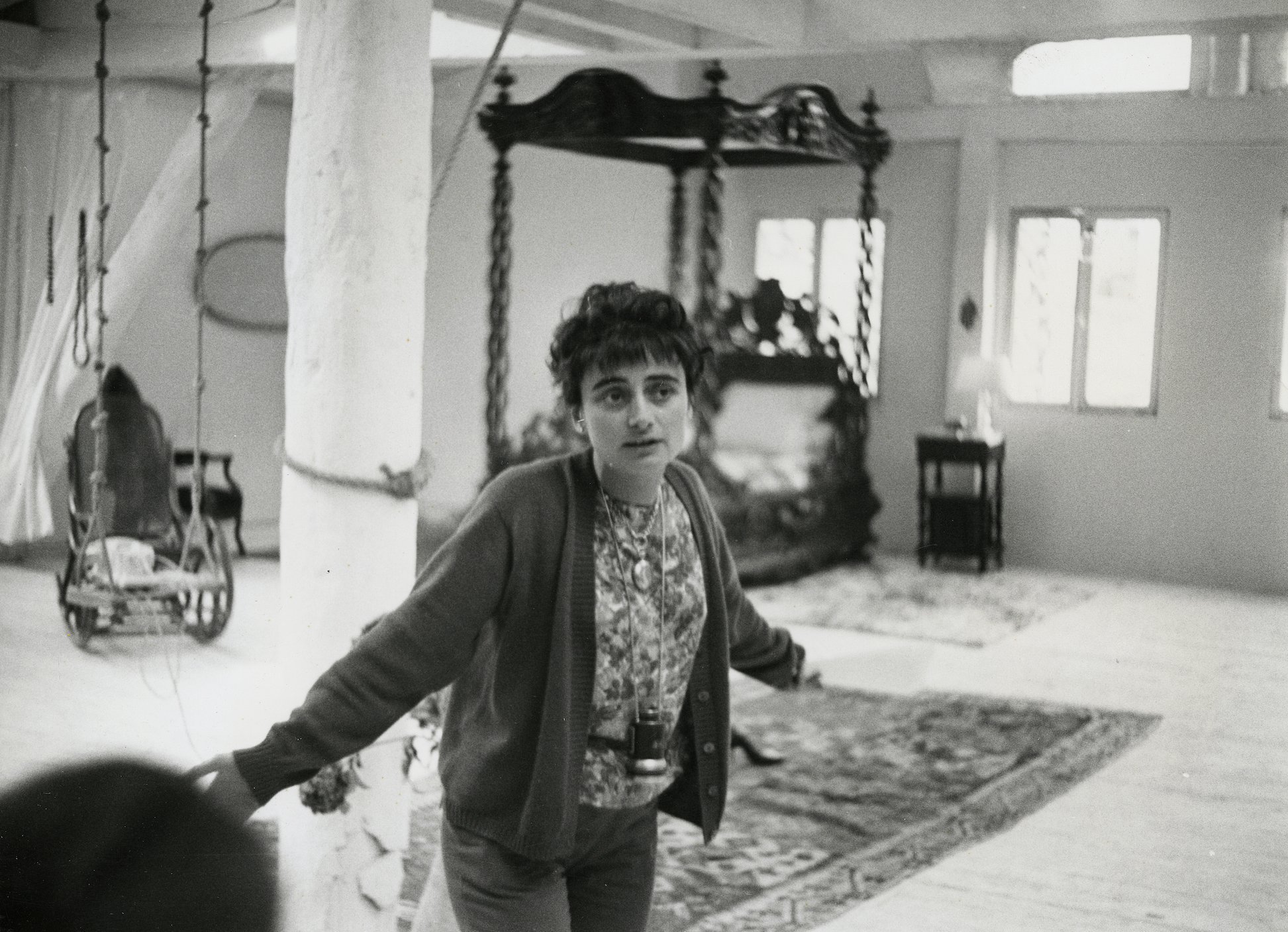An introduction to The French New Wave
The French New Wave (La Nouvelle Vague) was a film movement that emerged in the late 1950s and early 1960s in France. It was characterized by a rejection of traditional cinematic techniques and conventions, and a focus on personal, experimental, and unconventional storytelling.
The French New Wave was influenced by the films of the Italian neorealist movement, as well as the theories of the French film critic and theorist André Bazin. Bazin argued for a cinema that was more realistic and naturalistic, and that focused on the individual rather than the collective.
The French New Wave was also influenced by the French literary movement of the same name, which sought to break away from traditional literary forms and experiment with new styles and techniques.
One of the key figures of the French New Wave was Jean-Luc Godard, who directed films such as "Breathless" and "Pierrot le Fou." Godard's films were known for their innovative use of jump cuts, non-linear narratives, and unconventional dialogue.
Other notable directors of the French New Wave include François Truffaut, whose films "The 400 Blows" and "Jules and Jim" explored themes of youth and rebellion; Alain Resnais, whose films "Hiroshima Mon Amour" and "Last Year at Marienbad" were known for their experimental structure and use of flashbacks; and Agnès Varda, whose films "Cleo from 5 to 7" and "Le Bonheur" explored feminist themes and featured unconventional narratives.
Agnès Varda was a French filmmaker, artist, and photographer who was born in Brussels, Belgium, in 1928. She is known for her pioneering contributions to the French New Wave film movement and her unique, experimental style. Varda's films explored feminist themes and featured unconventional narratives, and she was one of the few women working in the male-dominated French film industry at the time. Some of her notable films include "Cleo from 5 to 7," "Le Bonheur," and "Vagabond." Varda received numerous awards and accolades throughout her career, including an honorary Palme d'Or at the Cannes Film Festival in 2015. She passed away in 2019 at the age of 90.
The French New Wave had a significant influence on the development of modern cinema, and many of its techniques and ideas have been adopted by filmmakers around the world. The movement's emphasis on personal expression and experimentation has inspired generations of filmmakers to push the boundaries of traditional cinematic form and create new and innovative works of art.
Overall, the French New Wave was a groundbreaking and influential film movement that challenged traditional cinematic conventions and paved the way for a new generation of filmmakers to experiment with and explore new forms of storytelling. Its emphasis on personal expression and experimentation has left a lasting legacy on the film industry, and its influence can still be seen in the work of contemporary filmmakers today.


